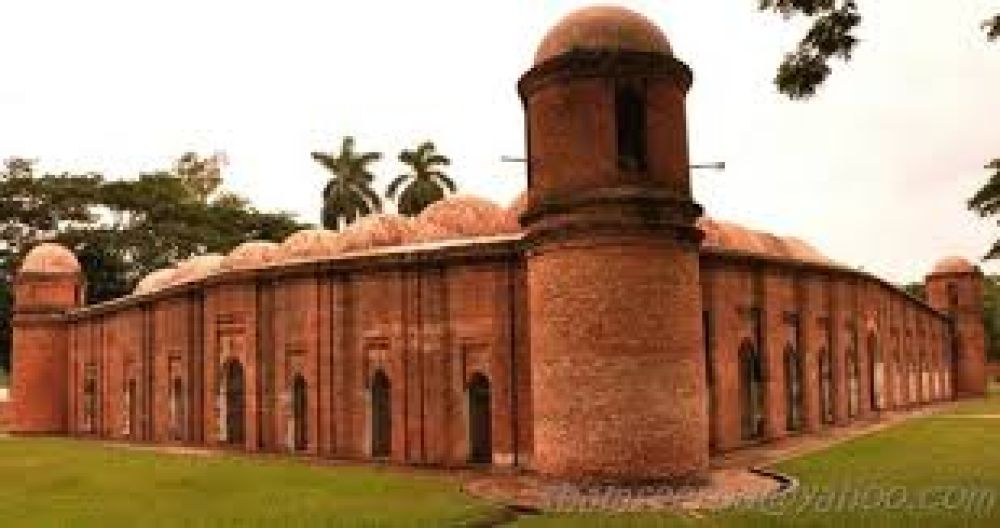

The Shat Gombuj Mosque, also known as the Sixty Dome Mosque, is an iconic mosque located in the city of Khulna, Bangladesh. The mosque's history dates back to the 15th century, having been built during the era of the Bengal Sultanate. It is recognized not only as a significant religious site in Bangladesh but also as an important part of the Islamic heritage globally.
Constructed under the patronage of Khan Jahan Ali, a Muslim Sufi saint and local ruler, the Shat Gombuj Mosque was built between 1442 and 1459. The mosque is an exquisite example of Turkic-Bengali architecture, and due to its historical and architectural relevance, it has been declared a UNESCO World Heritage Site since 1985. The mosque gets its name from the Bengali term for "Sixty Domes," although it actually has 77 domes across its structure.
The site has attracted tourists and scholars alike since its recognition by UNESCO. Over the years, it has seen continual efforts for preservation and conservation to maintain its historical integrity and prolong its lifespan as a tourism destination. Its appeal to tourists lies not only in its unique architectural design but also in its serene and spiritual ambiance owing to its religious significance.
In recent years, tourism at the Shat Gombuj Mosque has embraced modern visitor trends such as providing detailed historical insights via guided tours, educational materials, and displaying information plaques. Efforts to improve visitor facilities and accessibility have also been a focus. In addition, Bangladesh has seen a rise in sustainable and cultural tourism which has benefited historical sites like the Shat Gombuj Mosque. Tourists are increasingly interested in the authentic cultural experiences, which include exploring the rich heritage and rituals associated with the mosque.
Tourists visiting the Shat Gombuj Mosque can explore the vast prayer hall, the extensive front courtyard, and the surrounding mausoleums that host the tombs of local saints, including Khan Jahan Ali. The mosque is notably admired for its innovative ventilation system and echo-friendly chamber design, which captures the curiosity of many visitors. Throughout the year, the mosque remains an active place of worship and symbol of Islamic culture, drawing tourists from all over the world.
The Bangladeshi government, in collaboration with various international organizations, has put forth multiple initiatives to promote tourism at the Shat Gombuj Mosque. Efforts such as infrastructure development, improved transportation links to the mosque, and increased digital presence have facilitated easier access and more widespread exposure for the site.
As a revered monument, the Shat Gombuj Mosque stands as a testament to the rich history and cultural fabric of Bangladesh, continuing to enchant visitors with its imposing architecture and tranquility.